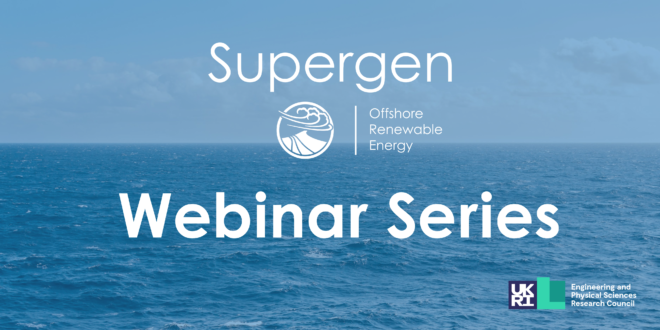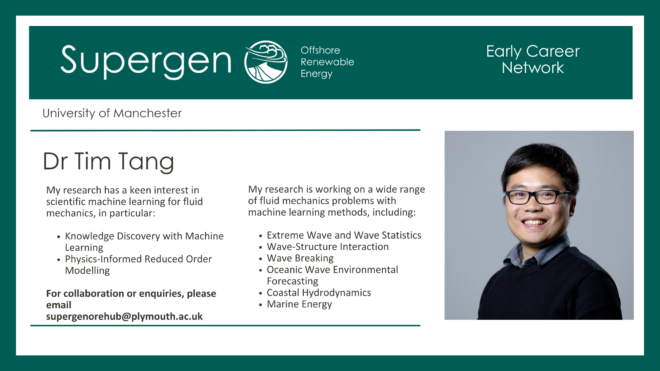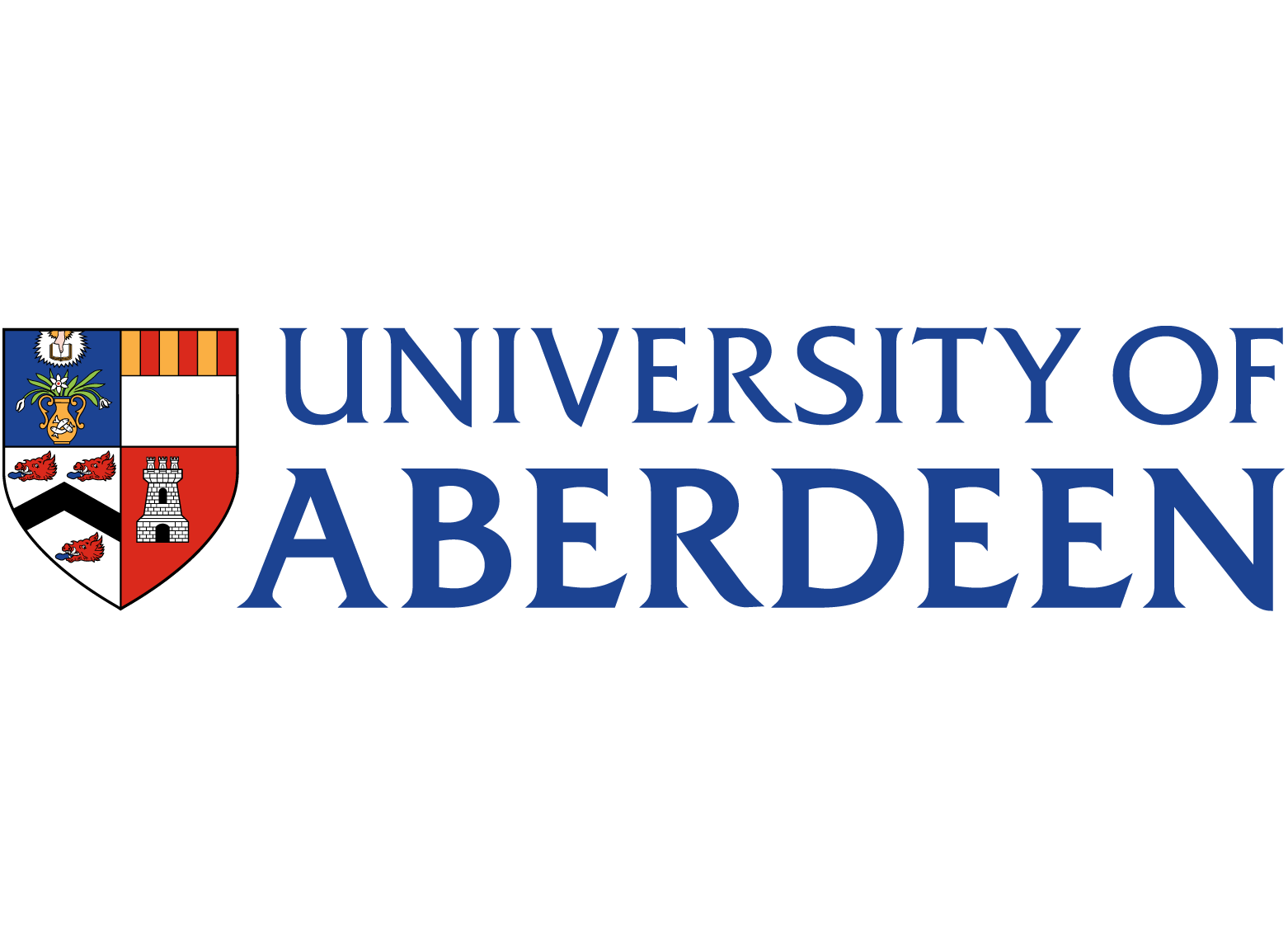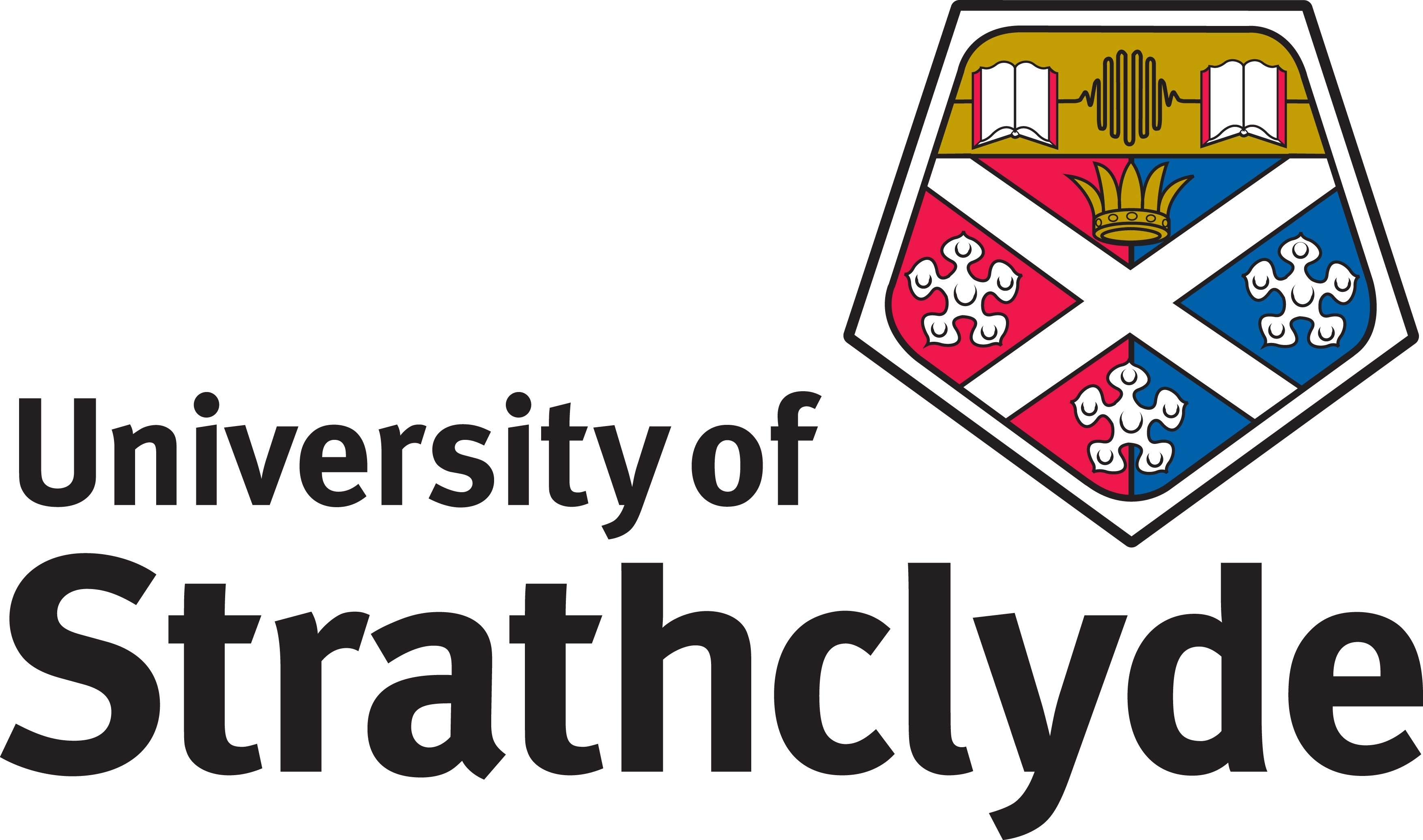This proposal is aimed to support a two-stage feasibility study around Orbital’s O2 floating tidal energy structure set in Orkney to inform on industry-relevant flow measures (stage 1) and environmental interactions (stage 2) to prove a low-cost, robust and reproducible monitoring approach. Surface-piercing and surface-floating tidal turbine structures generate wake signatures influencing additional turbine siting downstream of a device. Further, depending on the intensity, horizontal and vertical extent of the wake, such turbulence can influence how marine fauna are distributed across a site. While previous research has quantified wake effects downstream of bottom mounted surface-piercing monopiles, little is known about the extent of such wakes arising from surface-floating turbines and how they may influence turbine siting and marine fauna distributions. The aim of stage 1 is to characterise the physical interactions of the structure using state-of-the-art survey methods (Unmanned Aerial Vehicles; UAVs, and water column current measurements) and proven analytical tools(Particle Image Velocimetry), highly relevant for quantifying nearsurface turbulence affecting device performance and array spacing. The aim of stage 2 is to assess marine fauna (seabird and their prey) distribution around the device, thereby assessing environmental interactions.











